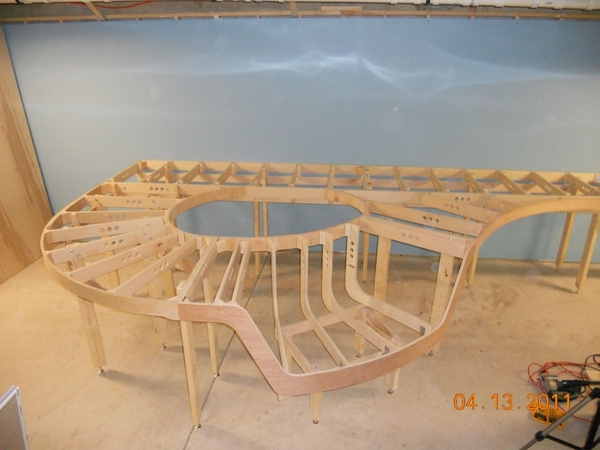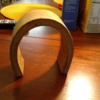Okay now, I'm at the stage where I have a "blank canvas" in my basement. I have a 13 X 21 area to work with and within that,
I am about to build my railroad. It will be a mixture of three levels, never more than three trains running at any one time.
a mixture of postwar and modern, mostly modern, and with a fair number of lighted structures, some motorized accessories,
but not many. Most of the lighted stuff, mainly Dept. 56, I will change to LED lights. The railroad itself will encompass
about 7 X 16, an island type. Mianne benchwork, and I will have small flourescent bulbs underneath to facilitate
maintenance. There are two long walls on either side. Lionel tubular will be my track. I have a PW ZW transformer
and a KW postwar transf. as well, but the remainder I plan to power with a modern Lionel ZW.
All that said, should I divide all that between several circuits from the breaker-box, as in 2 X 15 amp, or what? 3 X 15
amp??? Am I even on the right track with 15 amp? I have two long walls to work with, so again, how many outlets
along both walls would you recommend? I'm kinda anxious for good info here.
Also, the banks of outlets will be divided along two long walls. Thanks a million in advance for your replies!!!







 6" diameter
6" diameter

